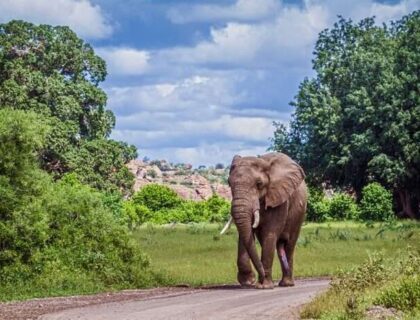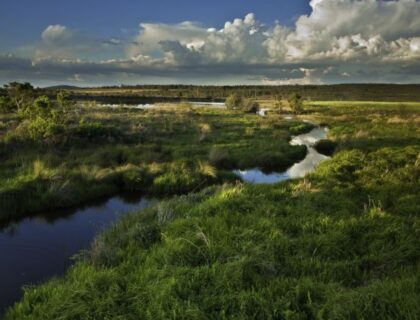Mapungubwe National Park
Tzaneen & North Limpopo
The Beautiful Mapungubwe National Park
Mapungubwe National Park is not the sort of place where you can just pop by… You have to have decided to visit and then book a nearby lodge. If you are interested in history and culture, then a visit to Mapungubwe is fascinating.
Mapungubwe National Park lies in the far north of South Africa, in a little known region of mountains, forests and holy ruins.
The flat topped hill of Mapungubwe was proclaimed a National Monument in 1984 and a Word Heritage Site in 2003. It is an archaeological heritage site that will fascinate you with tales of royalty, gold and mysterious artefacts discovered near ancient burial sites. Some of the world’s oldest rock art (dating back AD 1050) is on view at Mapungubwe. Research has also revealed Mapungubwe to be the predecessor of the illustrious lost civilisation of Great Zimbabwe.
There are various walks in Mapungubwe National Park, with beautiful views of the confluence of the Limpopo and Shashe rivers. And interesting archaeological diggings.
You can visit the ruins in Mapungubwe National Park en route to a safari in Mashatu Main Camp or Mashatu Tented Camp. Or you can overnight at Mapungubwe itself at the hotel.
Areas of Interest
The Lost City:
Visit Mapungubwe Hill, where a developed African civilisation prospered between 1200 and 1270 AD. A growing Iron Age community had already inhabited the area since 900 AD. They became rich through trade with faraway places like Egypt, India and China. This is the place where archaeologists excavated the famous golden rhino.
Scenery:
Sandstone formations, mopane woodlands and unique riverine forest as well as baobab form a wonderful scenic backdrop for a rich variety of animal life. Elephant, giraffe, white rhino, eland, gemsbok and numerous other antelope species occur naturally within the area. Lucky visitors might occasionally spot predators such as leopards and hyenas. Birders can tick off 400 species, including the kori bustard, tropical boubou and pel’s fishing owl.
The Mapungubwe Interpretation Centre:
This architectural icon lies near the main gate of the Mapungubwe National Park. The museum houses historical artefacts, images and information that tell the story of Mapungubwe’s history. The holy grail of the museum is the famous Golden Rhino. It was discovered in a grave in 1932, more than seven centuries after the civilization inhabited the area. The museum tour ends with a short walk to a look-out point where you will be able to see Mapungubwe Hill.
In 2009 the building won the World Architectural Building of the Year Award, out-performing buildings from New York, Singapore and China.









